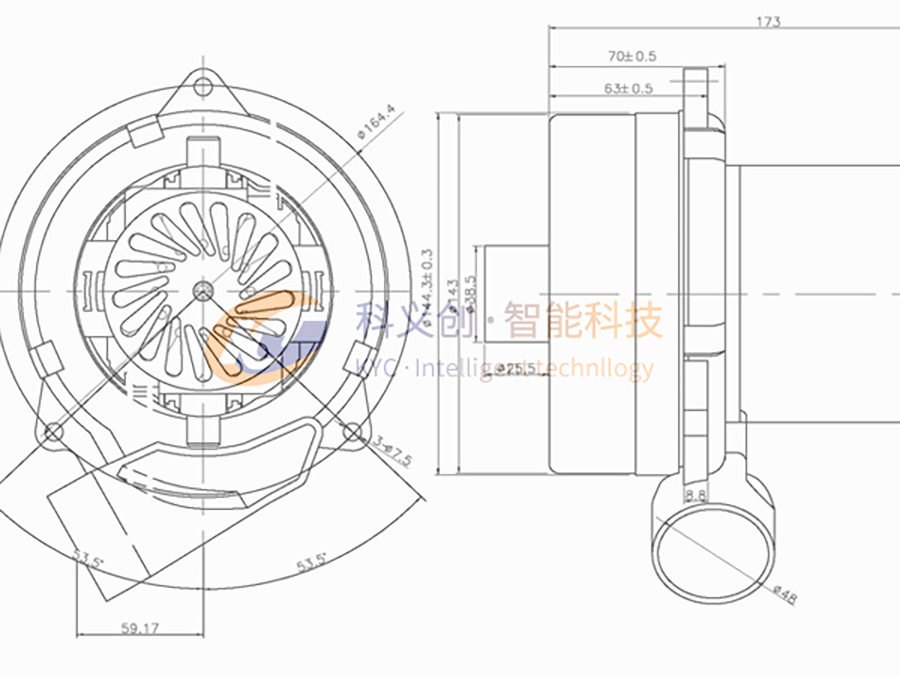
The working principle of BLDC motor is similar to that of conventional DC motors, namely the Lorentz force law, which states that whenever a current carrying conductor is placed in a magnetic field, it will be affected by a force. Due to the reaction force, the magnet will experience an equal and opposite force. In case of BLDC motor, the current carrying conductor is stationary while the permanent magnet moves.
When the stator coil is electrically switched by the power supply, it becomes an electromagnet and starts to generate a uniform magnetic field in the air gap. Although the power supply is a DC source, the switching generates a trapezoidal AC voltage waveform. The rotor continues to rotate due to the interaction forces between the electromagnet stator and the permanent magnet rotor.
The motor stator is energized according to different switching states. As the windings are switched as high and low signals, the corresponding windings are energized as north and south poles. The permanent magnet rotor with north and south poles aligns with the stator poles, causing the motor to rotate.
The motor is observed to produce torque due to the development of attractive forces (when aligned north-south or north-south) and repulsive forces (when aligned north-south or south-south).

In this way, the motor moves in a clockwise direction. How do we know which stator coil should be energized and when, since the continuous rotation of the motor depends on the switching sequence around the coils, the Hall sensor provides shaft position feedback to the electronic controller unit. Based on this signal from the sensor, the controller decides the specific coil to be energized. Whenever the rotor comes very close to the Hall effect sensor, the Hall effect sensor produces low and high signals, which determine the position of the shaft.